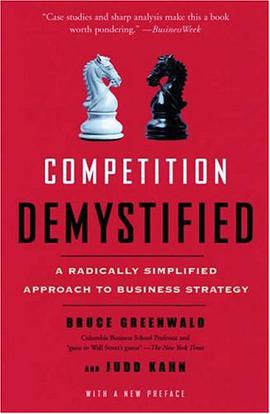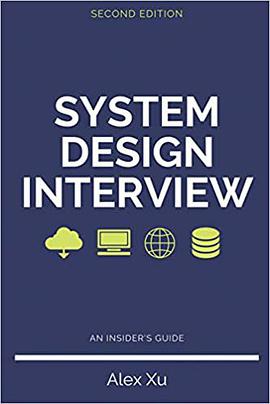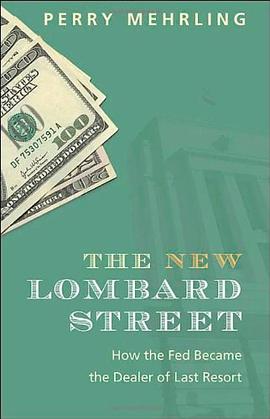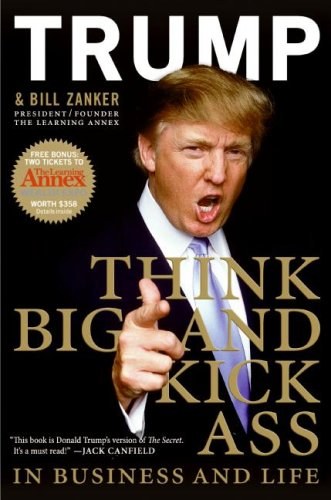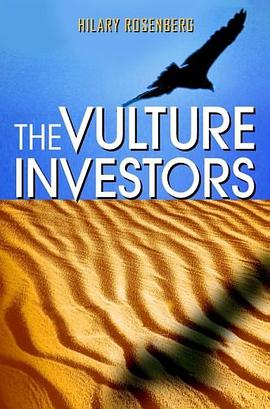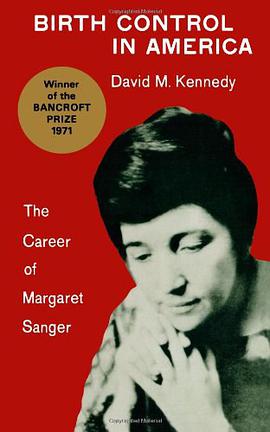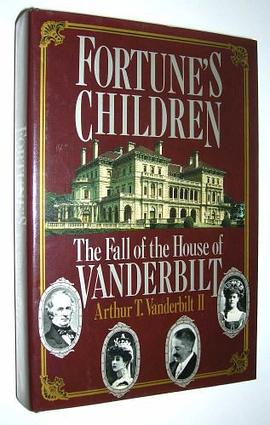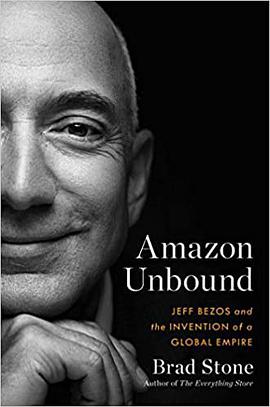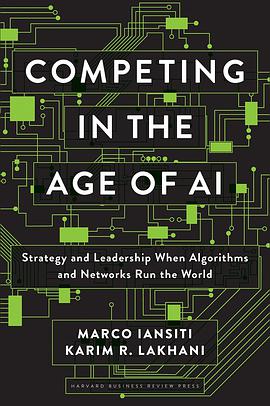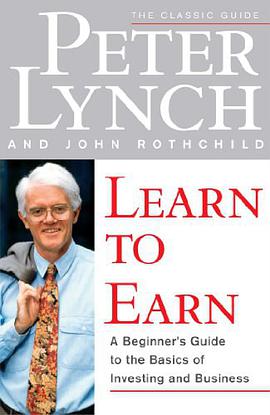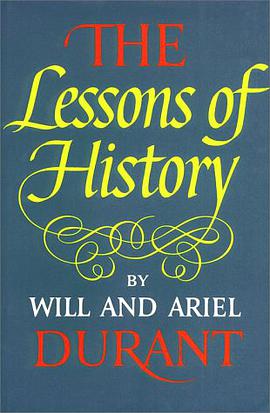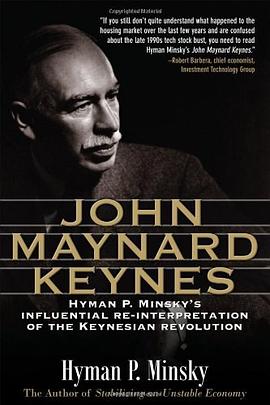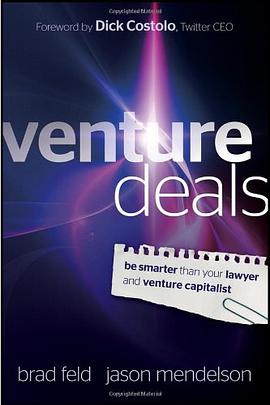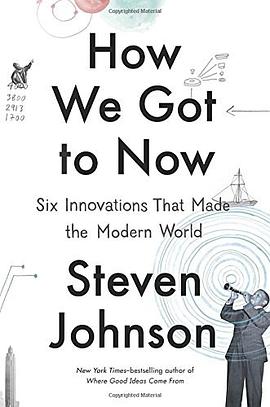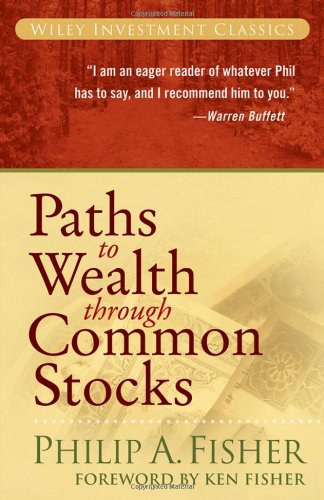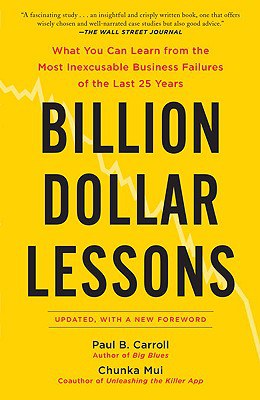Competition Demystified 豆瓣
作者:
Bruce C. Greenwald
/
Judd Kahn
Portfolio Trade
2007
- 8
Bruce Greenwald, one of the nation’s leading business professors, presents a new and simplified approach to strategy that cuts through much of the fog that has surrounded the subject. Based on his hugely popular course at Columbia Business School, Greenwald and his coauthor, Judd Kahn, offer an easy-to-follow method for understanding the competitive structure of your industry and developing an appropriate strategy for your specific position.
Over the last two decades, the conventional approach to strategy has become frustratingly complex. It’s easy to get lost in a sophisticated model of your competitors, suppliers, buyers, substitutes, and other players, while losing sight of the big question: Are there barriers to entry that allow you to do things that other firms cannot?
Over the last two decades, the conventional approach to strategy has become frustratingly complex. It’s easy to get lost in a sophisticated model of your competitors, suppliers, buyers, substitutes, and other players, while losing sight of the big question: Are there barriers to entry that allow you to do things that other firms cannot?
